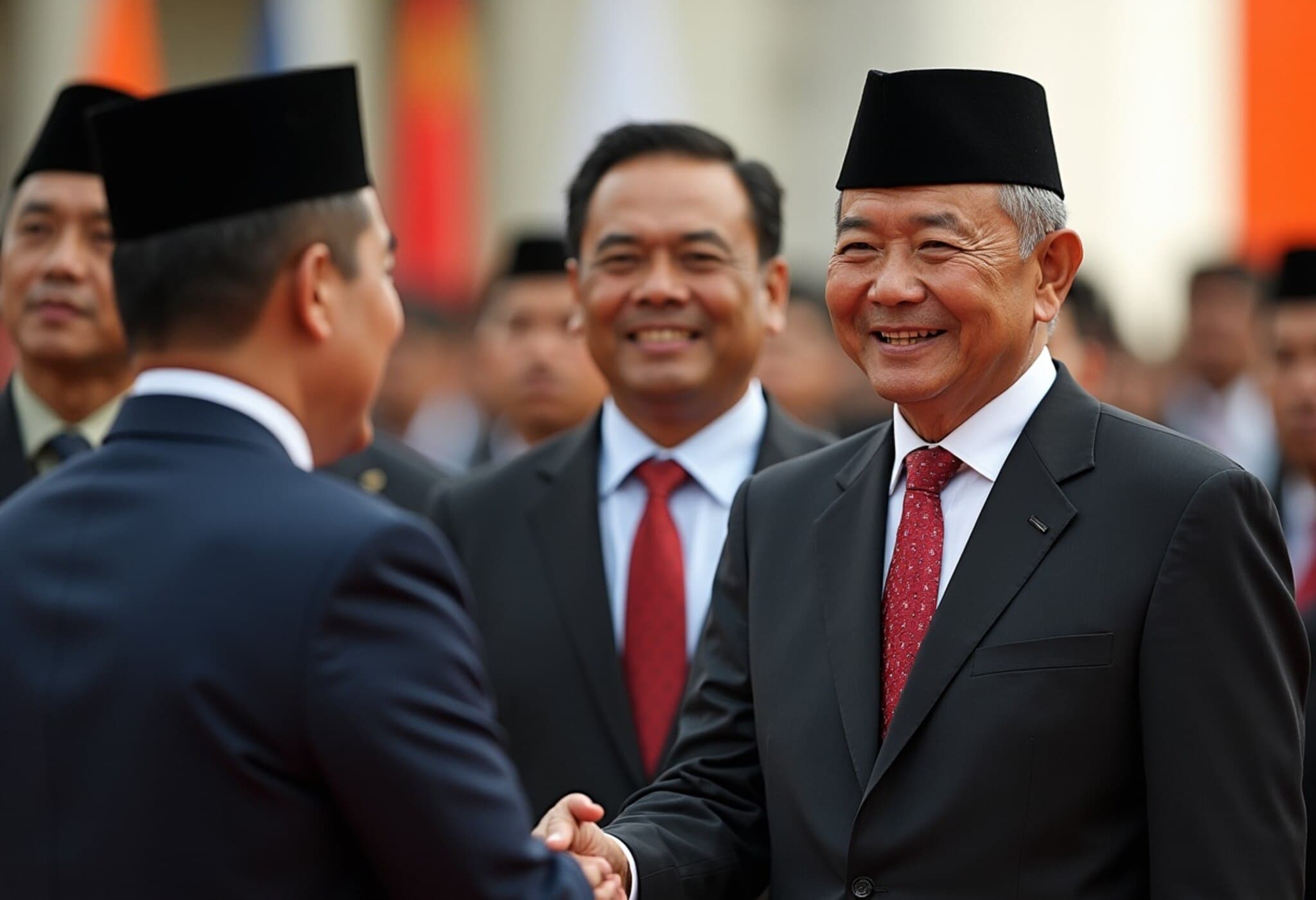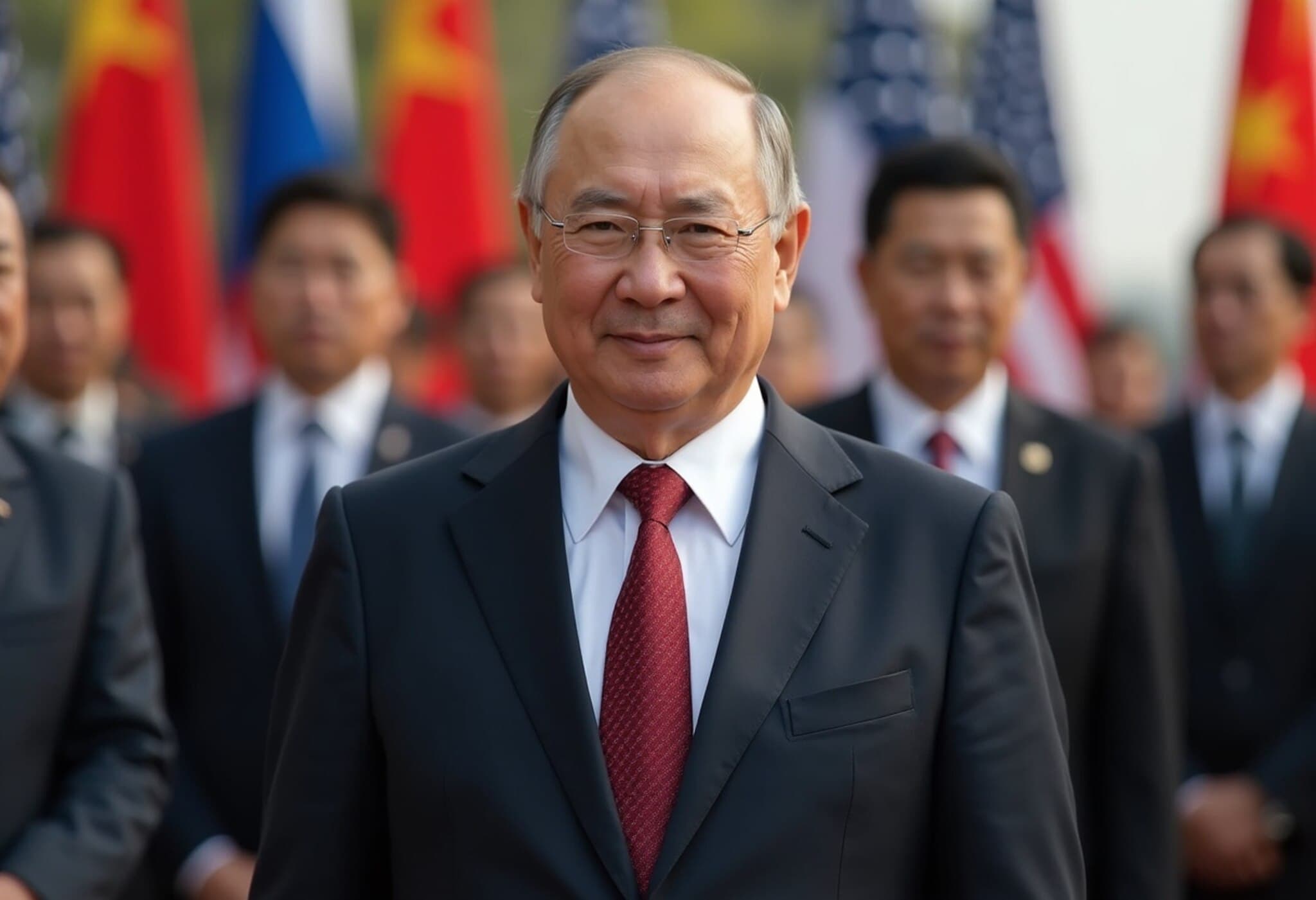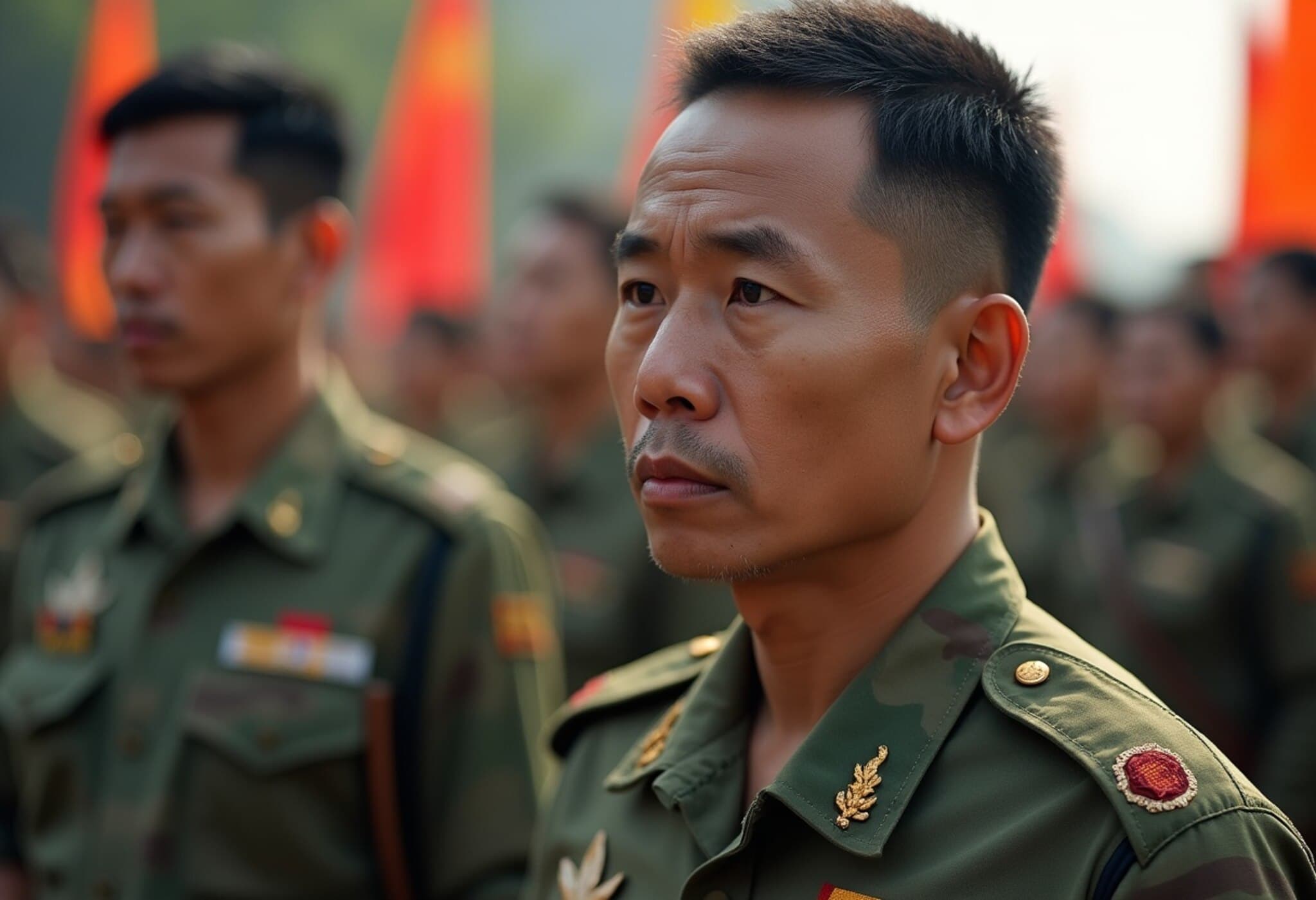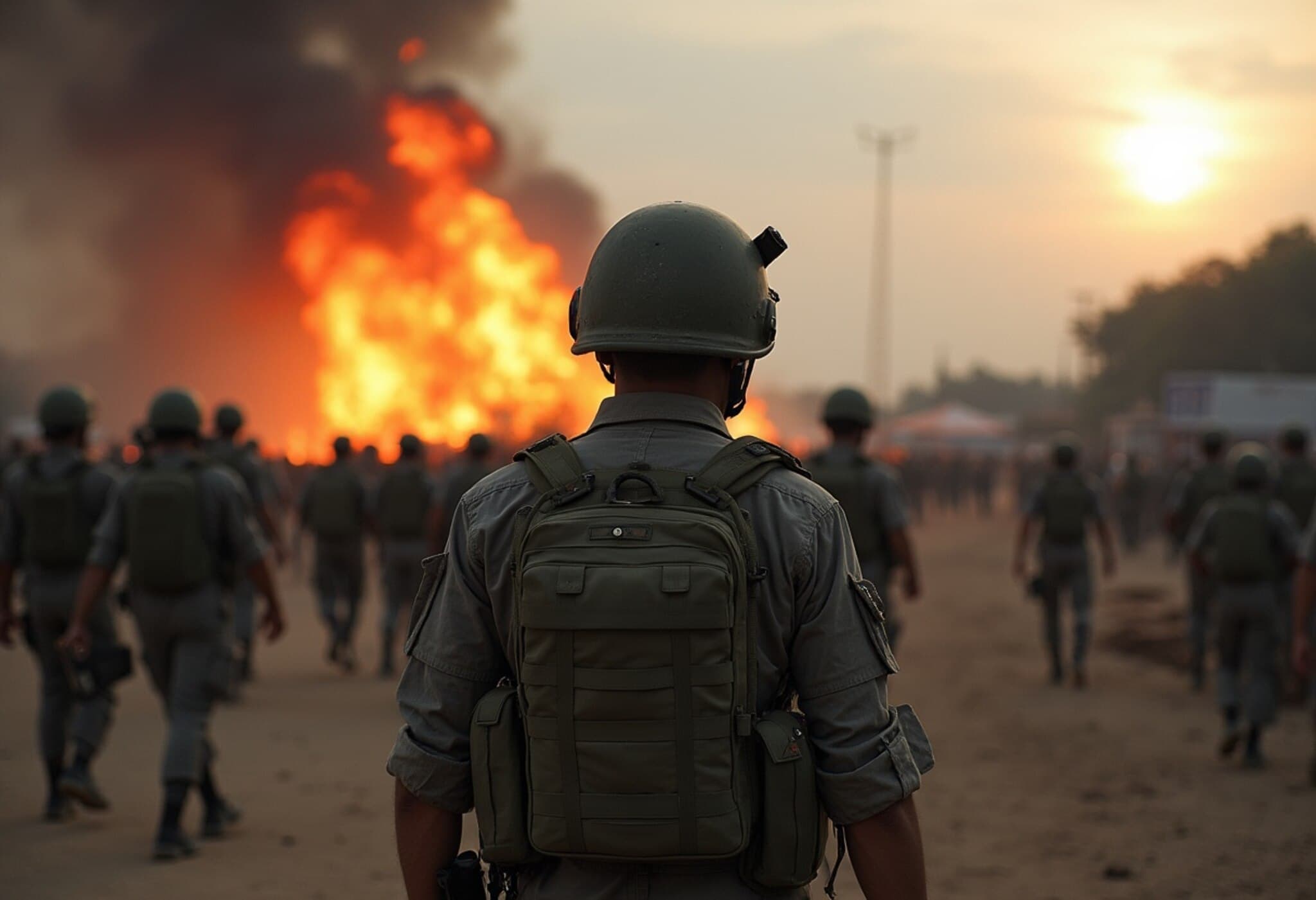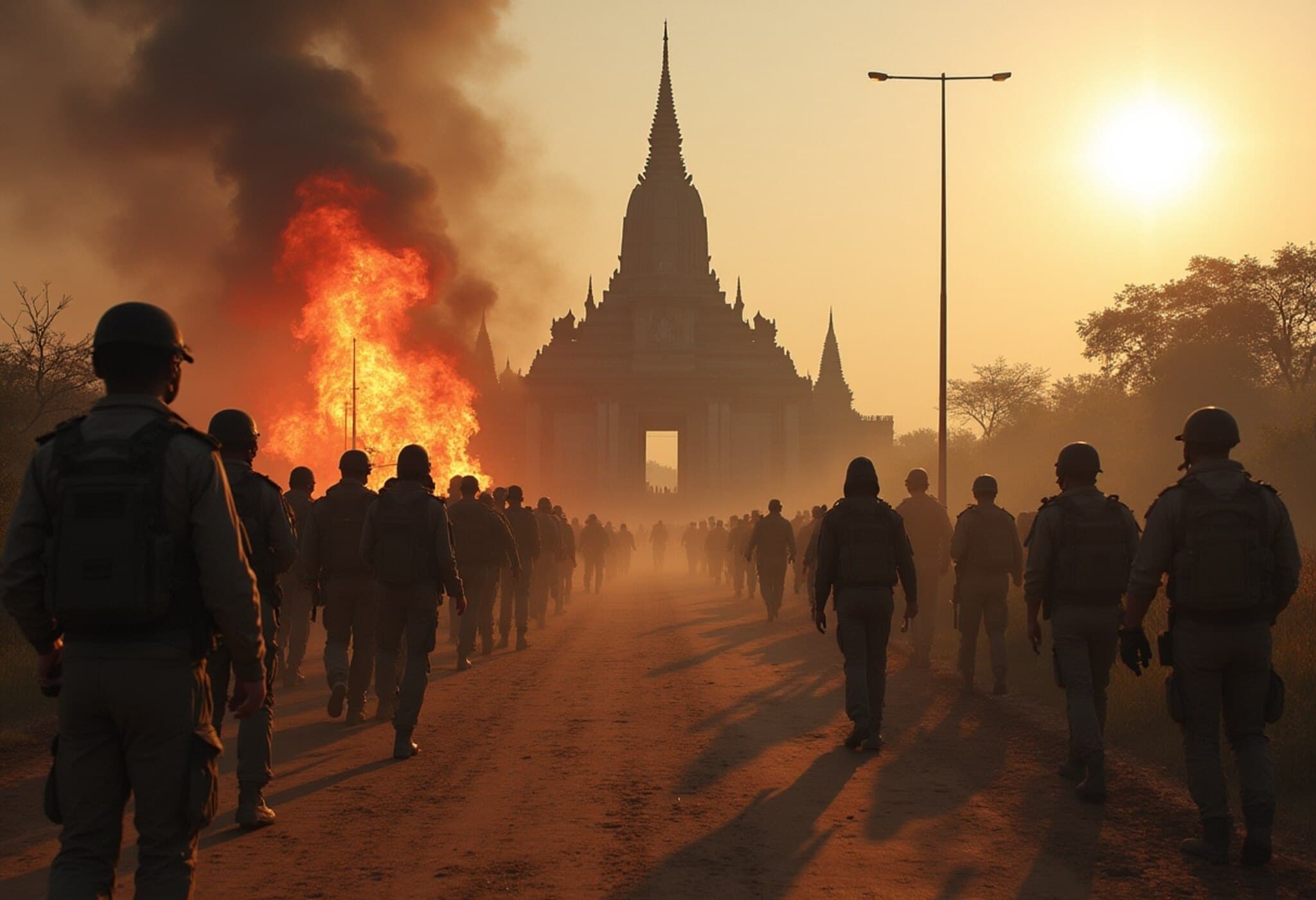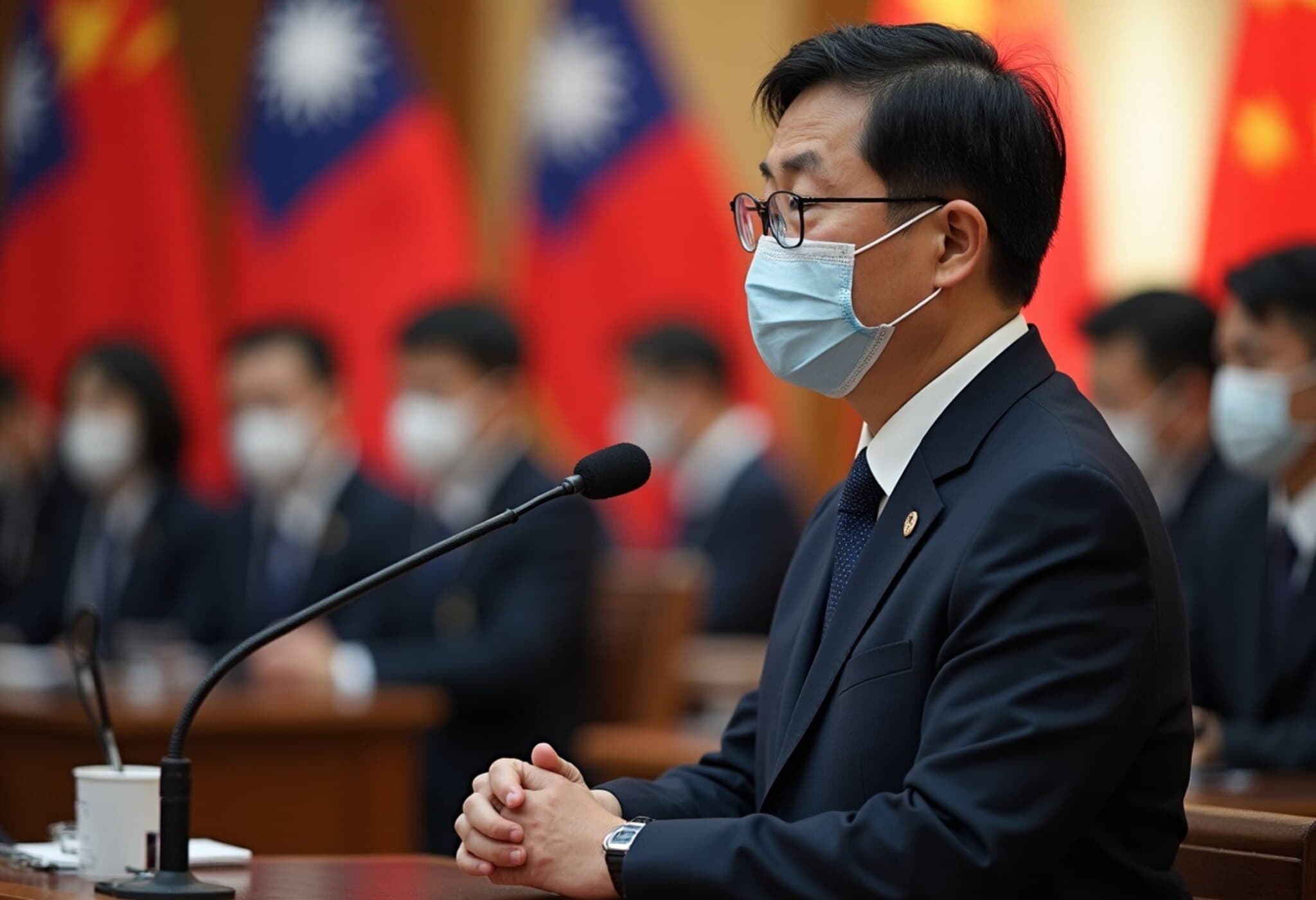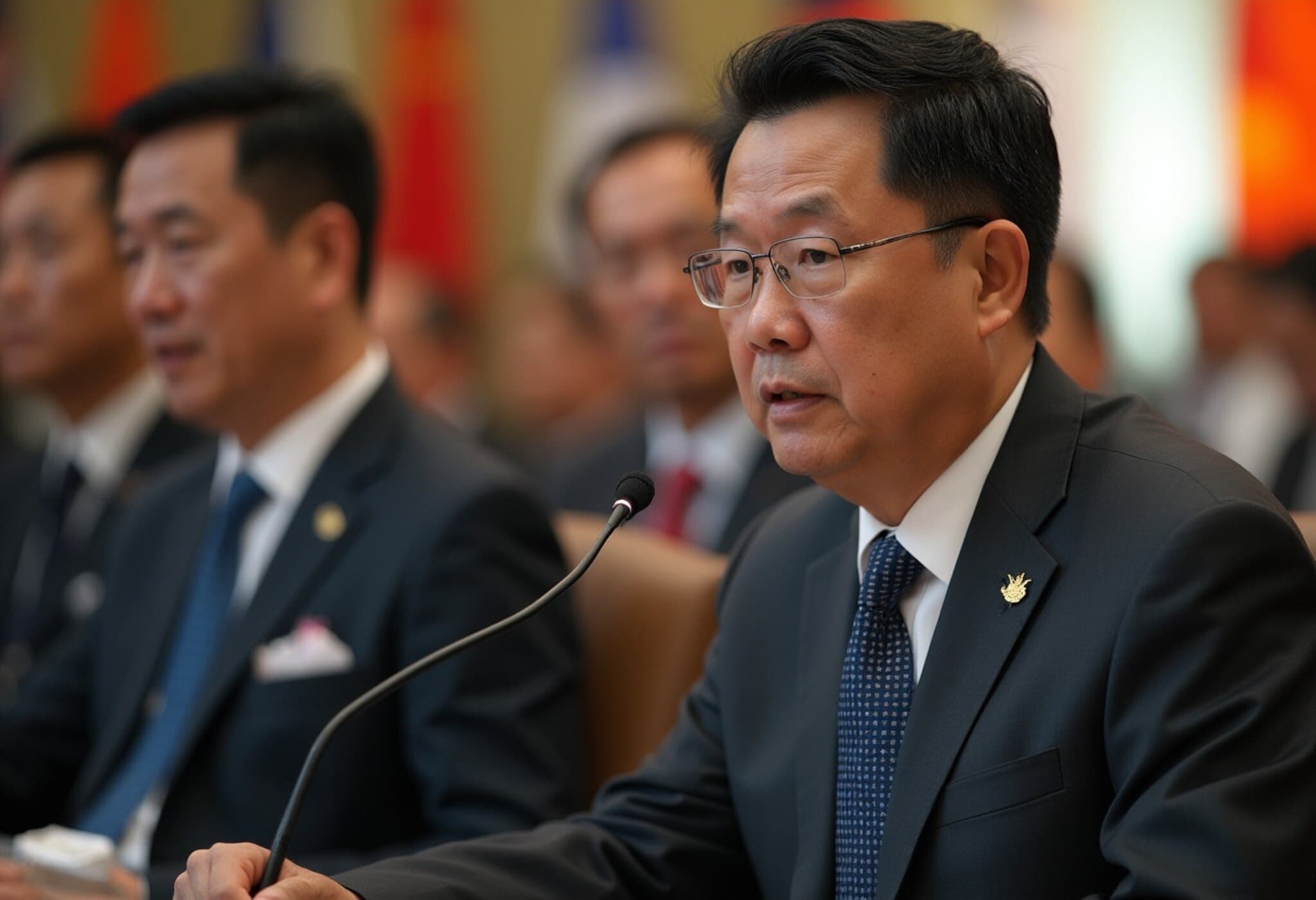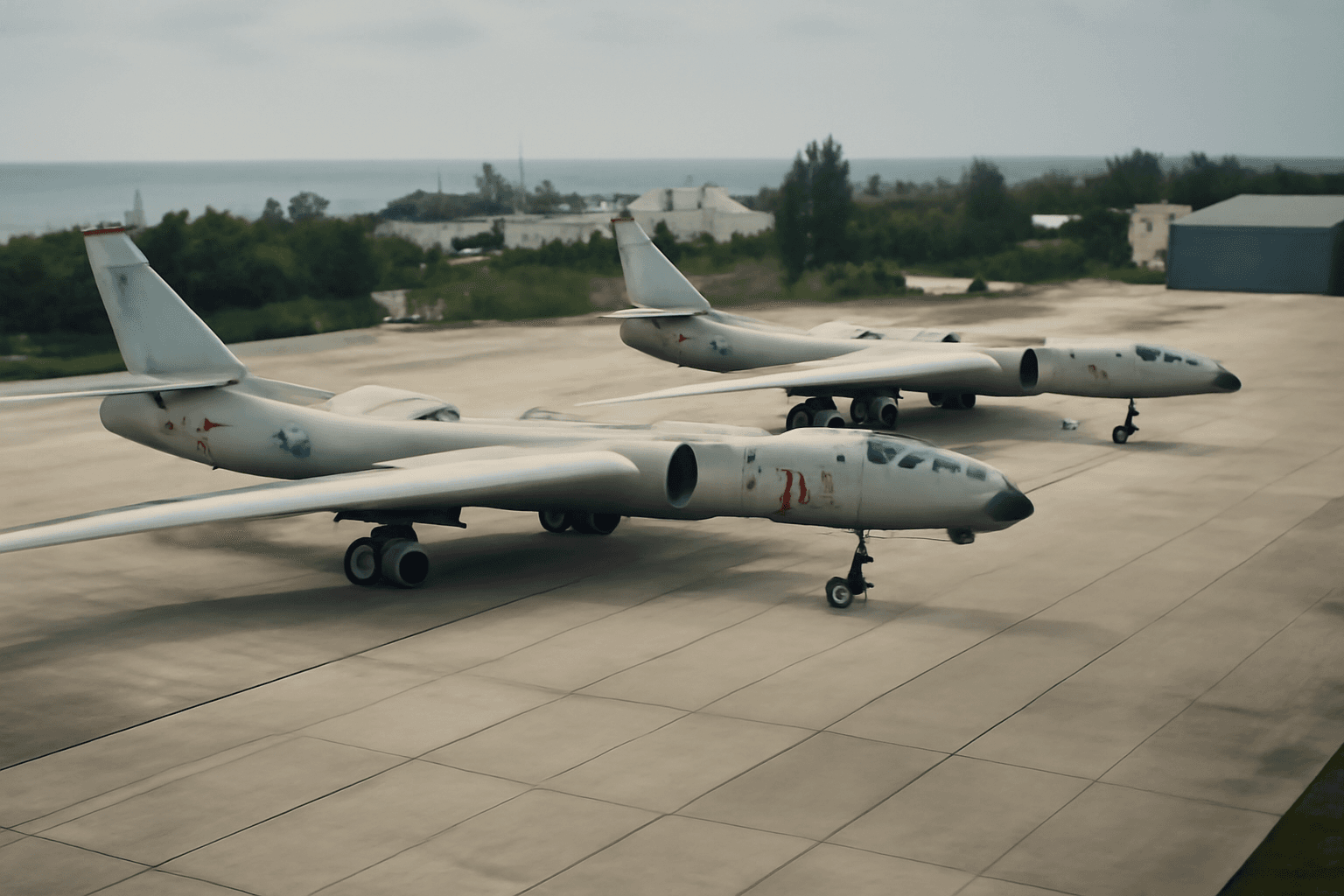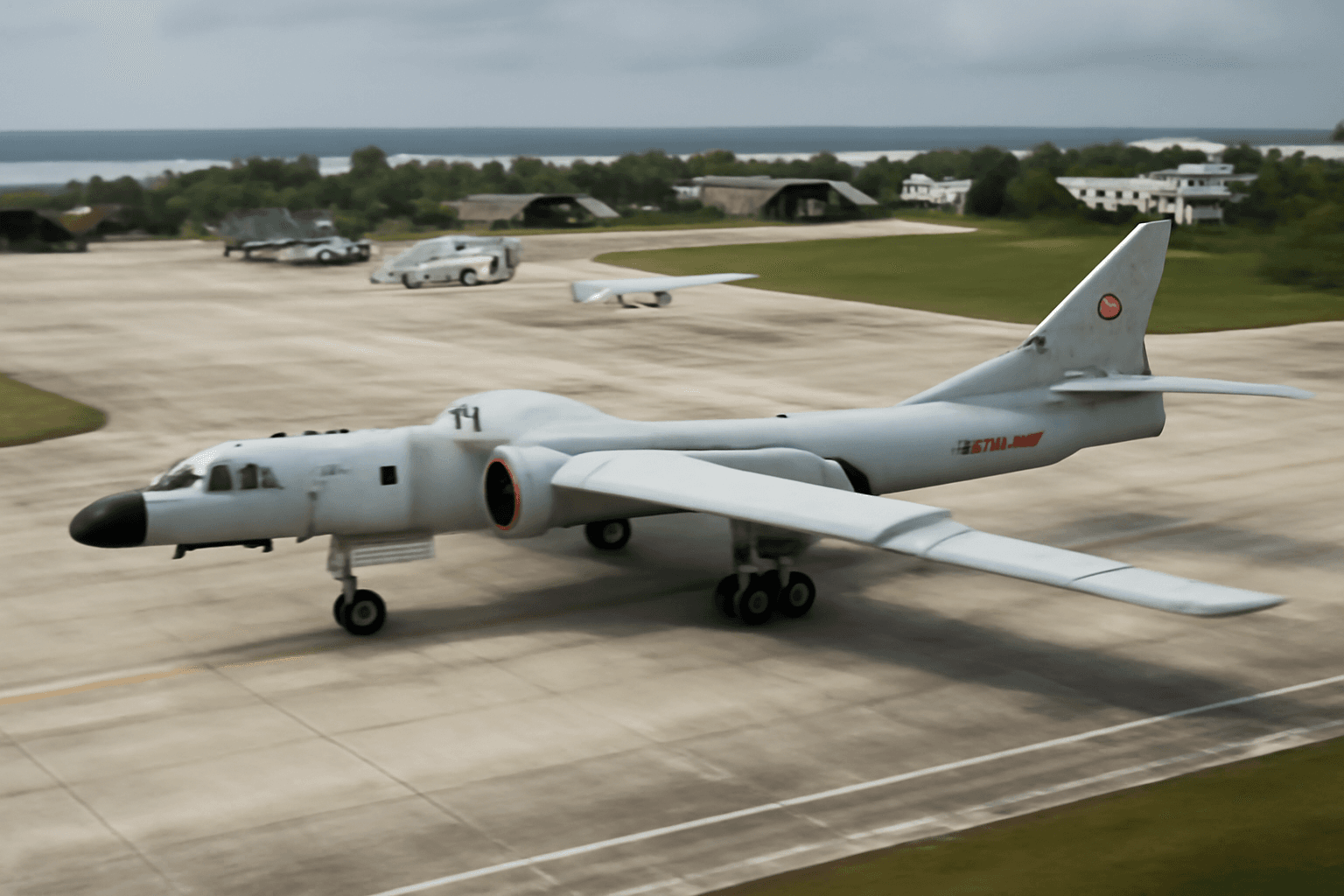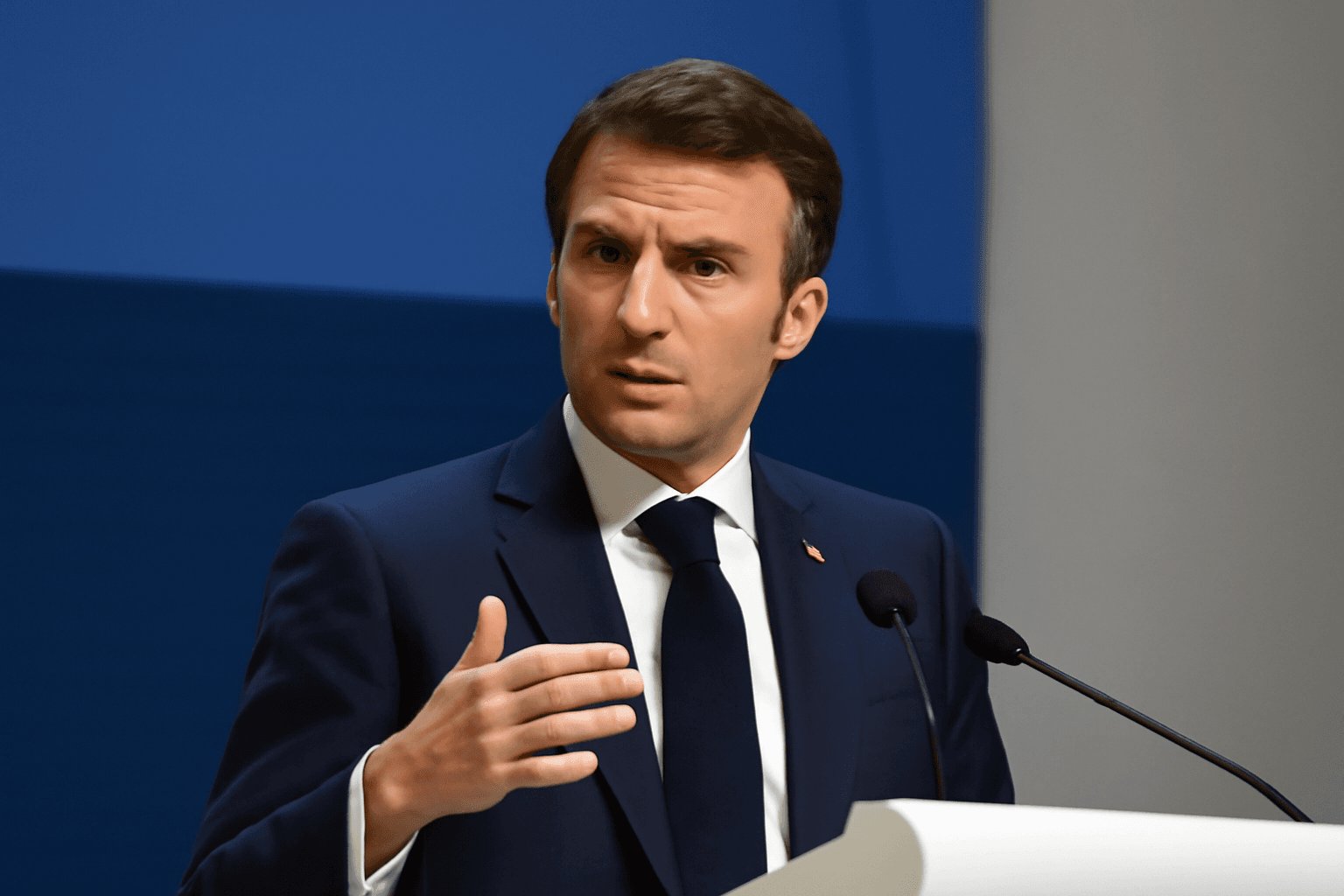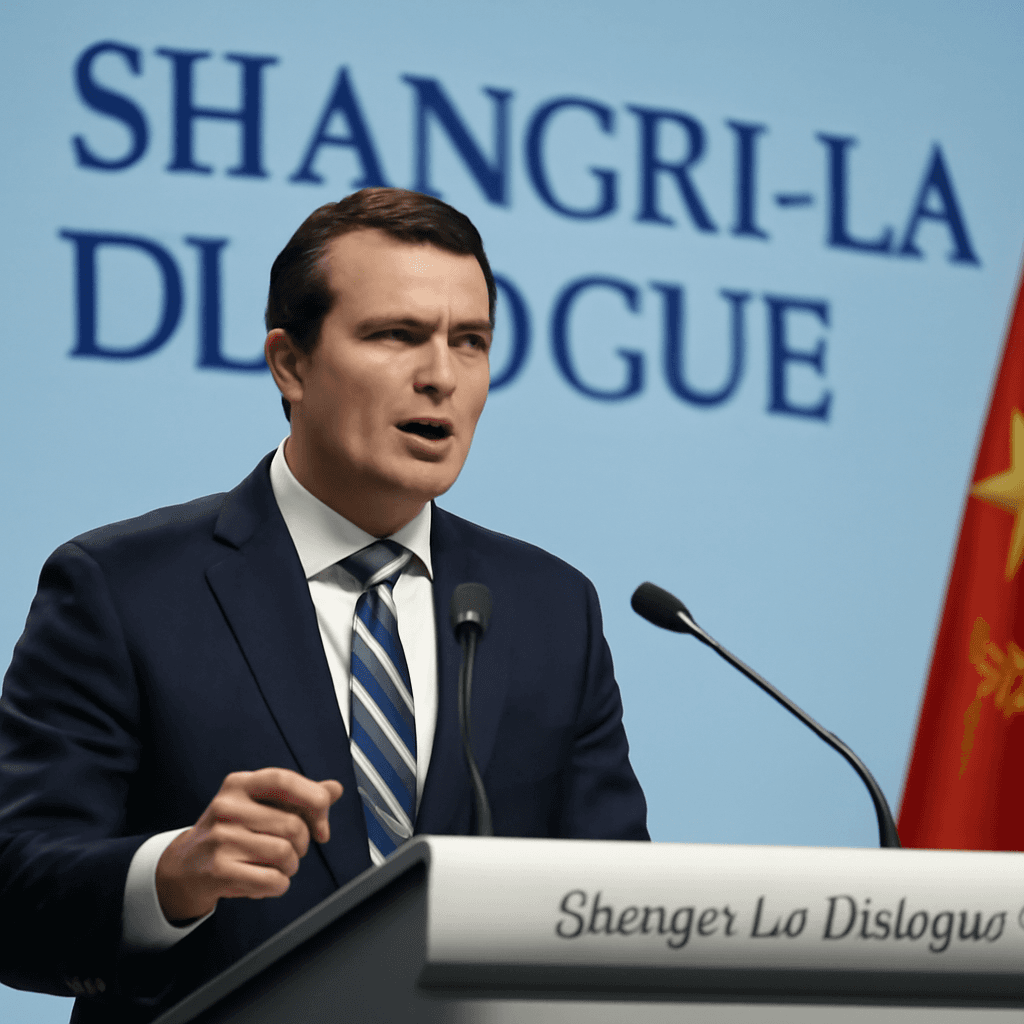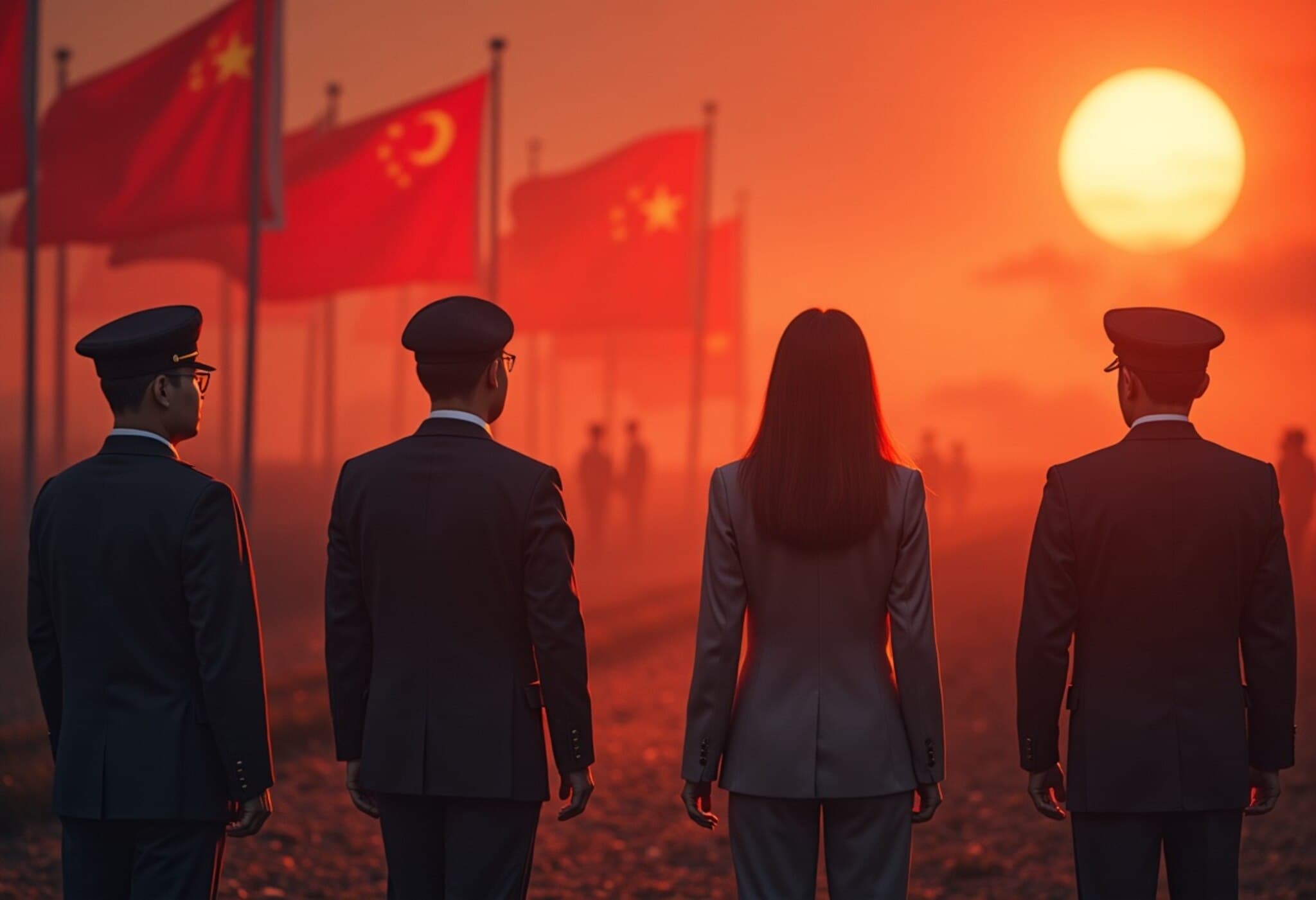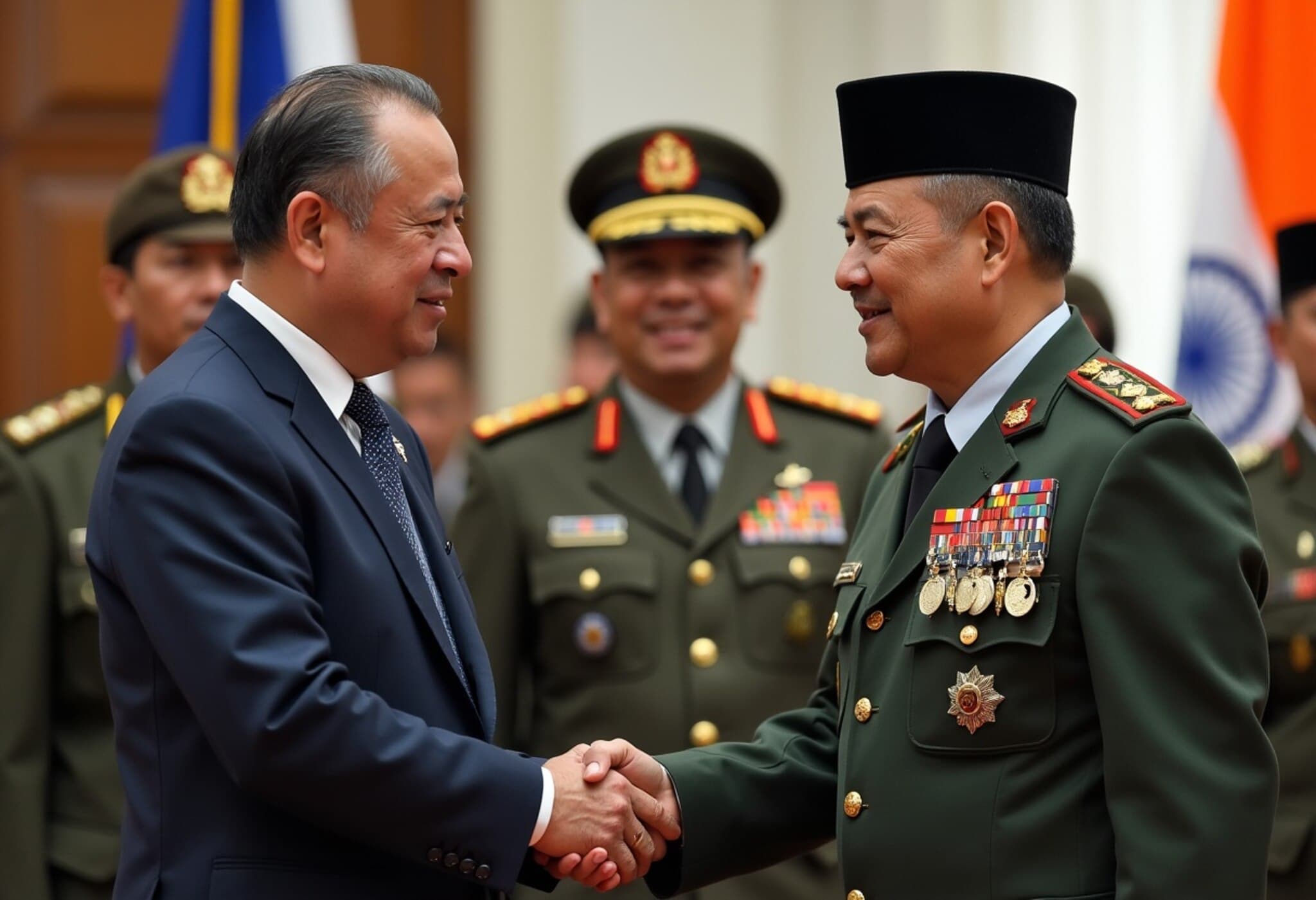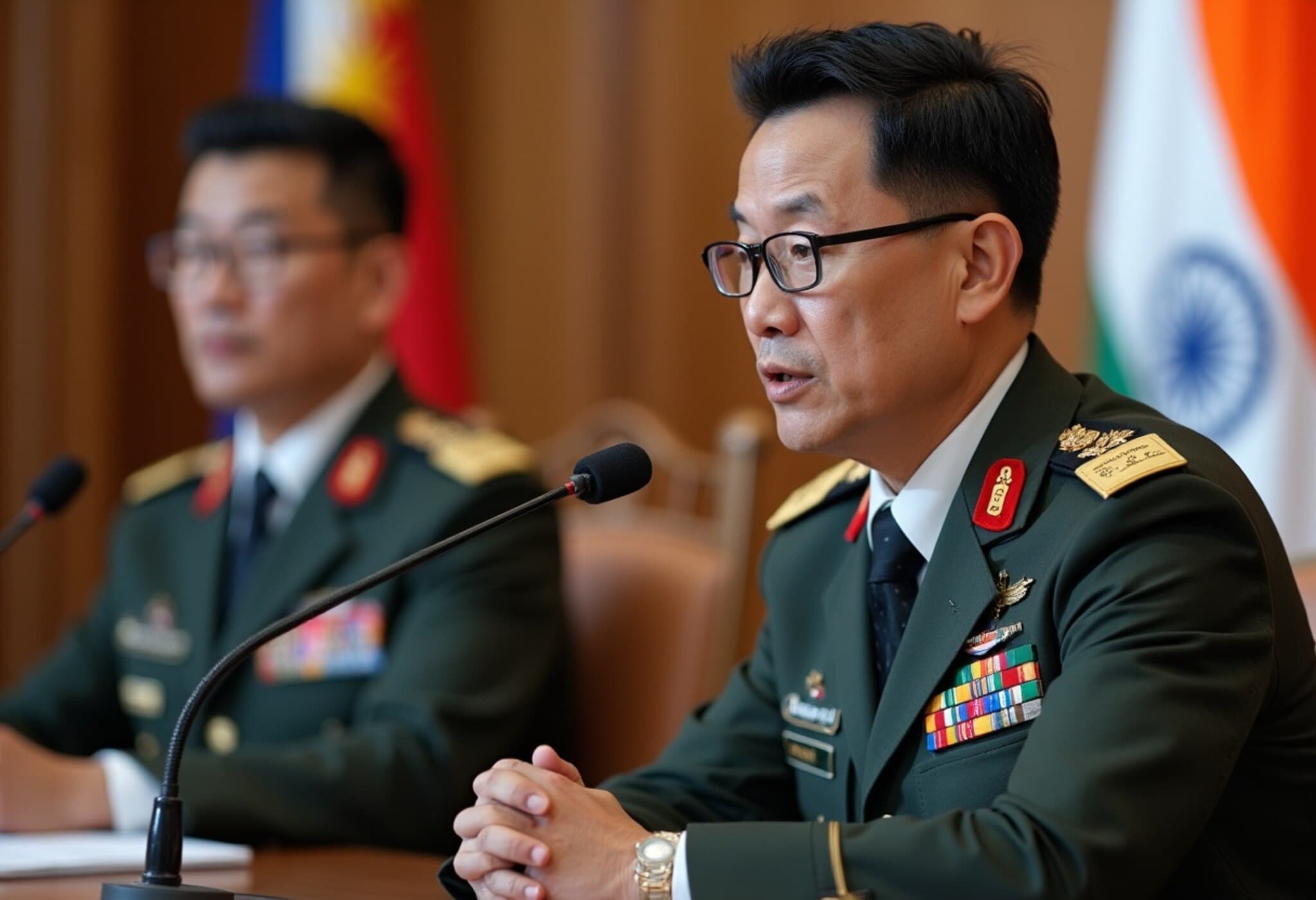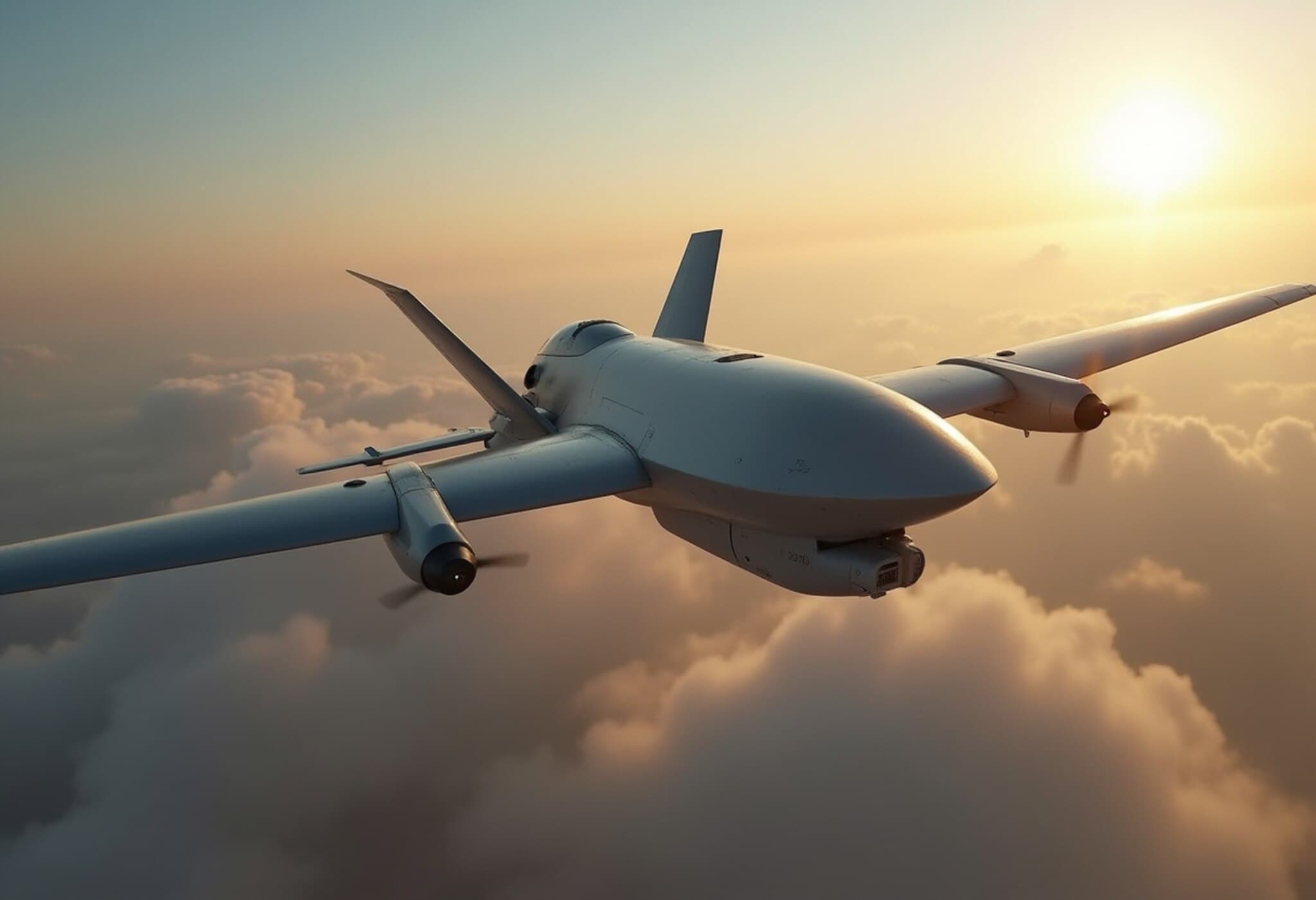Philippine President Ferdinand Marcos Jr. Begins Landmark State Visit to India
On August 4, 2025, Philippine President Ferdinand Marcos Jr. embarked on his inaugural state visit to India, marking a pivotal moment in diplomatic relations between the Southeast Asian archipelago and the South Asian giant. The visit, scheduled for five days, aims to deepen both economic and strategic ties amid an evolving geopolitical landscape in the Indo-Pacific region.
Strategic Timing: Joint Maritime Exercises Against the Backdrop of Rising Tensions
This diplomatic engagement coincides with the launch of the first-ever joint maritime exercises between India and the Philippines in the contentious South China Sea — a strategic waterway long fraught with overlapping territorial claims and Chinese assertiveness. Beginning August 3, the maritime cooperative activity underscores the two nations' commitment to safeguarding freedom of navigation and upholding international maritime law in a region vital to global trade.
Details of the Maritime Drills
- The Indian Navy deployed a formidable task force, including the guided missile destroyer INS Delhi (D61), the fleet tanker INS Shakti, the anti-submarine warfare corvette INS Kiltan (P30), and the surveillance ship INS Sandhayak.
- These vessels conducted operations in Manila’s harbor and nearby waters, symbolizing a tangible demonstration of maritime solidarity.
- The Philippine Navy joined these exercises, further solidifying cooperative defense readiness and signaling resolve amidst regional challenges.
Philippine officials hailed the milestone with high praise. At a reception aboard INS Shakti on July 31, diplomats and defense personnel emphasized the drills as more than training exercises—“a testament to our shared values and enduring friendship,” as expressed by senior national security officials.
Key Political Engagements: Strengthening Bilateral Relations
During his stay, President Marcos Jr. is slated to engage with India’s leadership, including President Droupadi Murmu, Prime Minister Narendra Modi, External Affairs Minister S. Jaishankar, and Health Minister J.P. Nadda. Highlights include a wreath-laying ceremony at Raj Ghat and high-level bilateral talks in Hyderabad House.
These discussions come at a crucial juncture as both nations navigate an international arena marked by economic uncertainties and security challenges. The collaboration extends beyond defense, touching upon economic partnerships, technology exchange, and public health cooperation.
Expanding Defense and Economic Ties in a Complex Geopolitical Era
India and the Philippines have steadily nurtured defense relations over decades. Notably, the Philippines was the first overseas recipient of Indian BrahMos missile systems under a $375 million contract signed in early 2022, reflecting India's growing stature as a defense exporter.
Armed Forces of the Philippines Chief General Romeo Brawner Jr. emphasized the broader strategic significance of the joint patrols:
“This initiative is a clear demonstration of our mutual resolve to safeguard freedom of navigation and uphold the rule of law at sea. We are not standing watch in isolation but in partnership with countries sharing our values.”
The collaboration is part of a larger tapestry of partnerships with countries like the United States, Australia, Japan, France, and Canada, amplifying a collective commitment to stability across the Indo-Pacific.
Contextual Insight: The Indo-Pacific Chessboard
The significance of this joint maritime drill and diplomatic visit cannot be overstated. With China's increasingly assertive posture in maritime disputes—especially around the South China Sea—the United States and its allies and partners seek to reassure regional states through freedom of navigation operations and enhanced cooperation.
India’s growing naval presence and strategic engagement in Southeast Asia signal its desire to be a key player in preserving a rules-based order, while the Philippines, grappling with territorial incursions, views partnerships as essential for national security.
What Lies Ahead?
Experts suggest that the Marcos visit and joint exercises could pave the way for stronger defense collaborations, including potential joint development of maritime surveillance infrastructure and disaster response mechanisms. Furthermore, this visit may boost trade relations, especially in sectors like pharmaceuticals, information technology, and infrastructure development.
Editor’s Note
President Marcos Jr.'s inaugural state visit to India, aligned with groundbreaking maritime drills, highlights a strategic recalibration amidst a complicated Indo-Pacific geopolitical landscape. This visit not only symbolizes growing bilateral camaraderie but also raises critical questions about the future balance of power in the region.
How will smaller nations like the Philippines navigate competing influences between China and a rising India? What role will India play in shaping maritime security architectures traditionally influenced by Western powers? The trajectory of this partnership could redefine regional security models and economic collaborations in profound ways.
For policymakers, analysts, and observers alike, this visit signals an inflection point worth close attention as alliances evolve and new challenges emerge.

